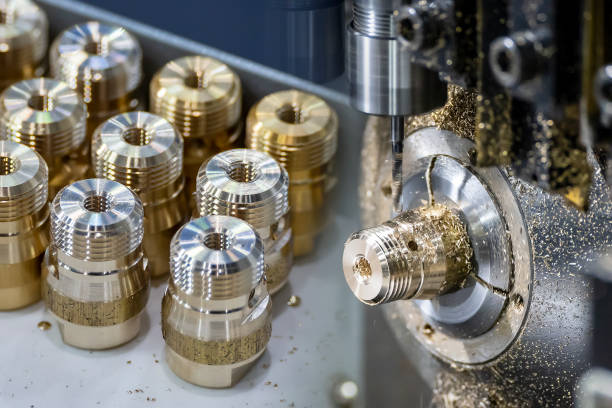
In recent years, the demand for titanium components has witnessed a significant surge across various industries, such as aerospace, automotive, and medical. As the applications for this remarkable material continue to expand, manufacturers are continuously exploring innovative techniques to further improve the efficiency and precision of titanium machining. The latest advancement in this field is the implementation of advanced CNC machining techniques, particularly in the processing of titanium Grade 5 (Gr5). Titanium Gr5, also known as Ti-6Al-4V, is a widely used titanium alloy due to its exceptional strength-to-weight ratio, corrosion resistance, and high-temperature performance. However, machining this alloy is an extremely challenging task, mainly due to its low thermal conductivity, high modulus of elasticity, and material toughness.
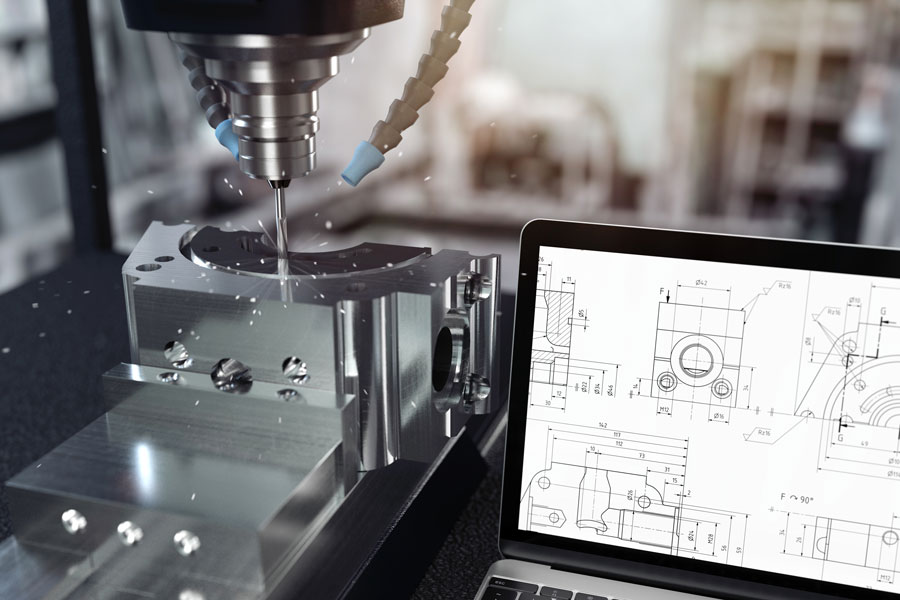
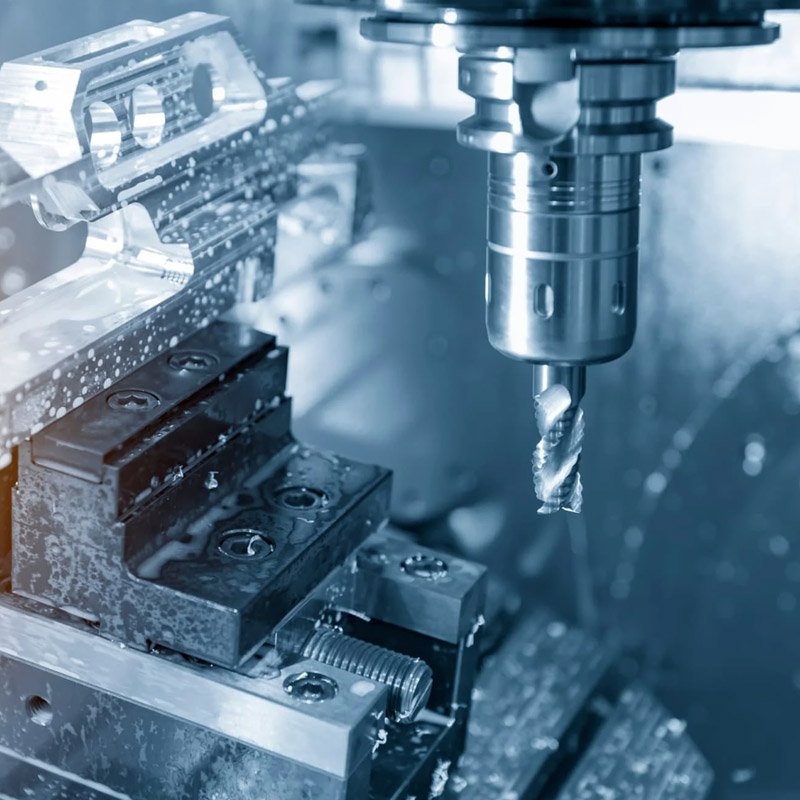
Traditional machining methods often result in excessive tool wear, poor surface finish, and limited tool life, leading to higher production costs and longer lead times. To overcome these challenges, manufacturers are increasingly turning toward advanced CNC machining techniques to optimize the manufacturing process of titanium Gr5 components. These techniques include high-speed machining, adaptive machining, and cryogenic machining, among others. High-speed machining (HSM) involves the use of specialized cutting tools, optimized cutting parameters, and high spindle speeds to maximize material removal rates while maintaining surface finish and accuracy. By employing HSM, manufacturers can minimize the dwelling time of the tool, reducing heat and tool wear during the cutting process, resulting in improved productivity and reduced machining costs. Adaptive machining, on the other hand, utilizes advanced sensors and monitoring systems to collect real-time data during machining operations.
This data is then processed by sophisticated algorithms to make adjustments in real-time, optimizing the cutting parameters based on the specific characteristics of the workpiece. Such adaptive control systems enable manufacturers to achieve higher accuracy, improve surface finish, and extend tool life, ultimately enhancing overall process efficiency. Another emerging technique in machining titanium Gr5 is cryogenic machining. By introducing liquid nitrogen or other cryogenic substances into the machining environment, the cutting zone is rapidly cooled, which effectively reduces the heat generated during the machining process. This cooling effect not only helps to extend tool life but also enhances chip control, reducing the risk of built-up edge formation and enabling manufacturers to achieve superior surface finishes. The implementation of CNC machining techniques for titanium Gr5 has significant implications for various industries.
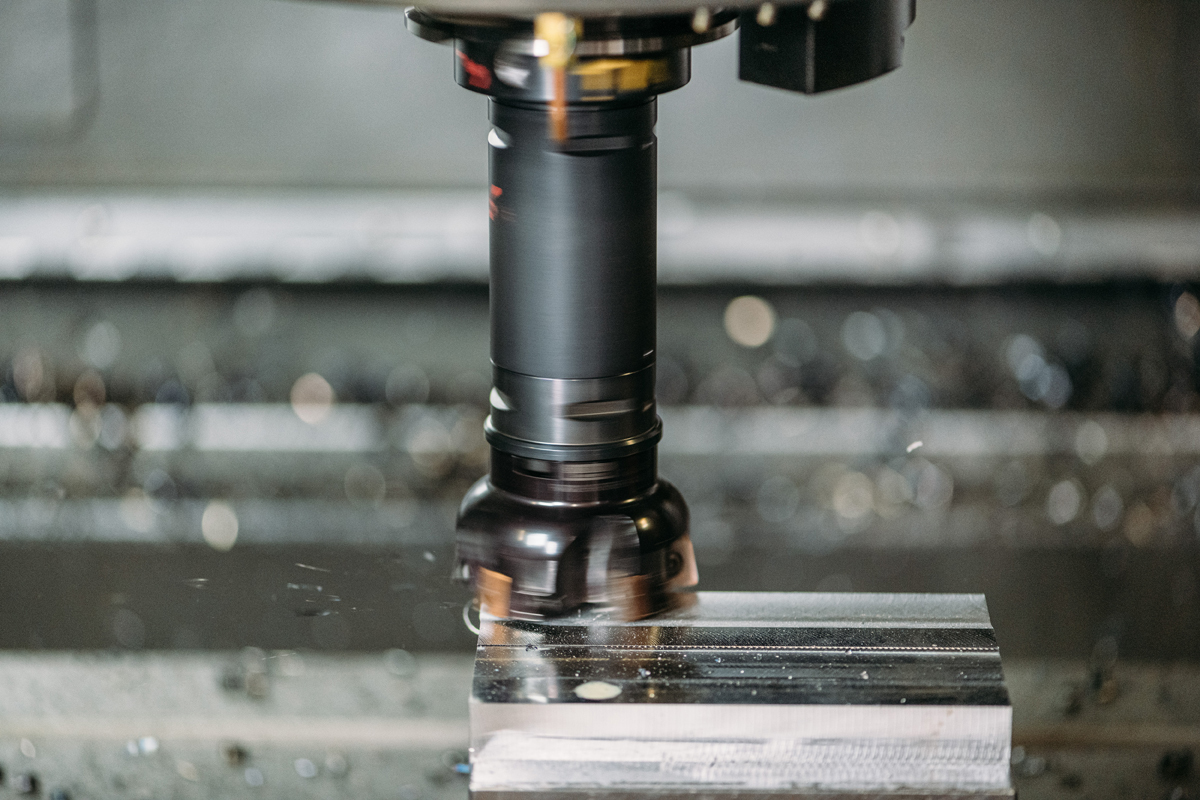
In the aerospace sector, the use of high-speed machining and adaptive machining can lead to improved fuel efficiency by reducing the weight of aircraft components, while also allowing for the design of more complex and lightweight structures. In the automotive industry, these advanced techniques can enhance the performance and fuel efficiency of vehicles by enabling the production of lighter and stronger engine components. Moreover, in the medical field, manufacturers can utilize these techniques to create intricate and precise titanium implants, ensuring better patient outcomes and faster recovery times. While these advanced techniques offer numerous advantages, their implementation requires highly skilled operators, sophisticated machinery, and robust quality control systems. As the demand for titanium Gr5 components continues to rise, manufacturers must invest in the necessary resources and training to fully harness the potential of CNC machining technologies.
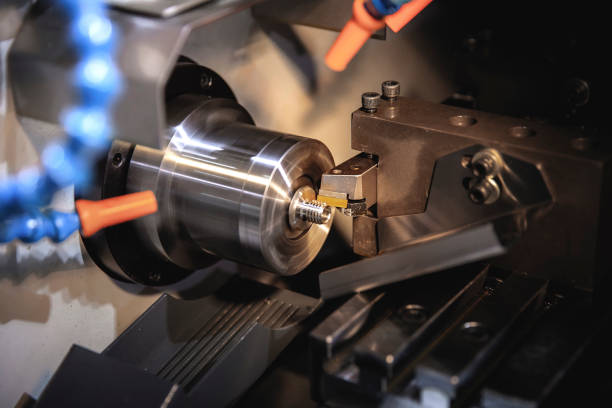
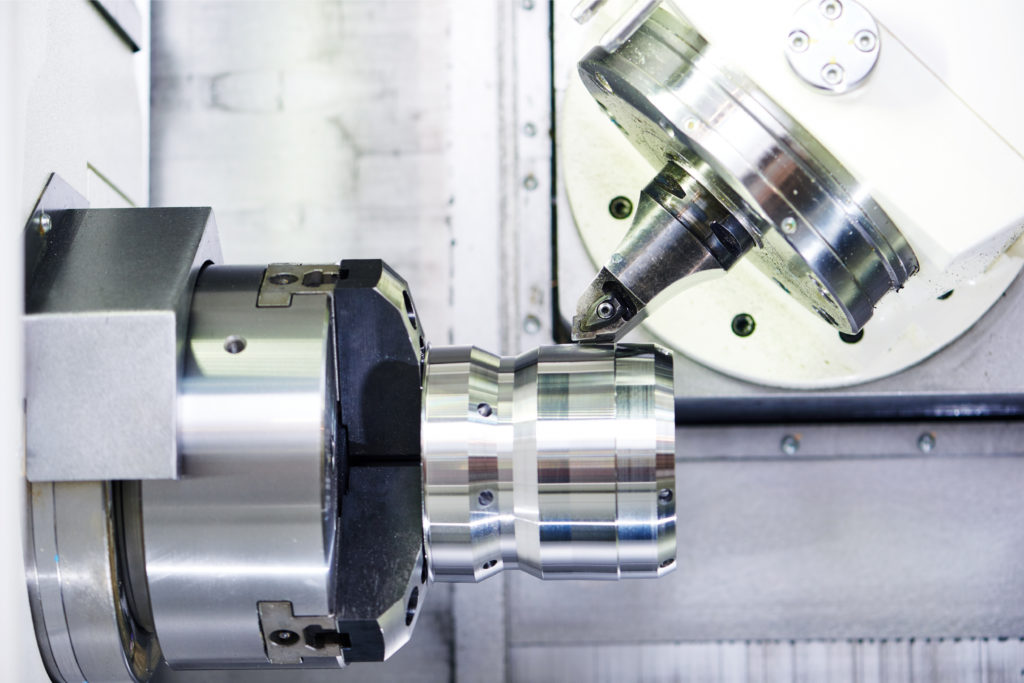
In conclusion, the integration of advanced CNC machining techniques has revolutionized the manufacturing of titanium Gr5 components. Through high-speed machining, adaptive machining, and cryogenic machining, manufacturers can overcome the inherent challenges associated with machining this demanding material. These cutting-edge techniques not only drive advancements in various industries but also contribute to the development of more sustainable and efficient products.
Post time: Oct-02-2023
